Related Research Articles

Erigavo, also spelled as Erigabo, is the capital and largest city of the Sanaag region of Somaliland.
The Habar Yoonis alternatively spelled as Habr Yunis is a major clan part of the sub-clan Garhajis of the wider Isaaq. As descendants of Ismail bin Sheikh Isaaq, its members form a part of the wider Habar Magaadle confederation which constitutes the largest sub-clan of the Isaaq.

The Isaaq is an ethnic group in Somaliland. It is one of the major tribes in the Horn of Africa, with a large and densely populated traditional territories.
The Dhulbahante is a Somali clan family, part of the Harti clan which itself belongs to the largest Somali clan-family — the Darod. They are the traditional inhabitants of the physiographic Nugaal in its topographic sense, and its pre-independence administrative sense, which included Doollo. The clan's progenitor is buried at Badweyn.
The Garhajis historically known as the Habar Gerhajis is a major clan of the wider Isaaq clan family. They are the traditional holders of the Isaaq Sultanate and Habr Yunis Sultanate since the 18th century. As descendants of Ismail bin Sheikh Isaaq, its members form a part of the Habar Magaadle confederation, and they constitute the largest sub-clan of the Isaaq. The Garhajis are divided into two major sub-clans: the Habr Yunis and Eidagale. They are traditionally nomadic pastoralists, merchants and skilled poets.

The Haud, formerly known as the Hawd Reserve Area is a plateau situated in the Horn of Africa consisting of thorn-bush and grasslands. The region includes the southern part of Somaliland as well as the northern and eastern parts of the Somali Region of Ethiopia. Haud is a historic region as well as an important grazing area and has multiple times been referenced in countless notorious poems. The region is also notorious for its red soil, caused by the soil's iron richness. The Haud covers an estimated area of about 119,000 square km, more than nine-tenths the size of England, or roughly the size of North Korea.
The Habr Awal, also contemporarily known as the Subeer Awal, and alternately romanized as the Zubeyr Awal is a major clan of the wider Isaaq clan family, and is further divided into eight sub-clans of whom the two largest and most prominent are the Sa'ad Musa and Issa Musa sub-clans. Its members form a part of the Habr Magaadle confederation. The Habr Awal traditionally consists of nomadic pastoralists, coastal people, merchants and farmers. They are historically viewed as an affluent clan relative to other Somali clans. The Habr Awal are politically and economically influential in present-day Somaliland, and reside in strategic coastal and fertile lands.
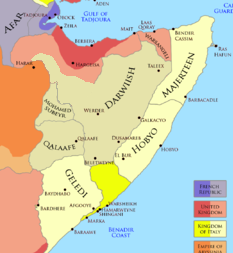
The Dervish Movement was a popular movement between 1896 and 1925, which was led by the Salihiyya Sufi Muslim poet and militant leader Mohammed Abdullah Hassan, also known as Sayyid Mohamed, who called for independence from the British and Italian colonies and the defeat of Ethiopian forces. The Dervish movement aimed to remove the British and Italian influence from the region and restore the "Sufi system of governance with Sufi education as its foundation", according to Mohamed-Rahis Hasan and Salada Robleh.
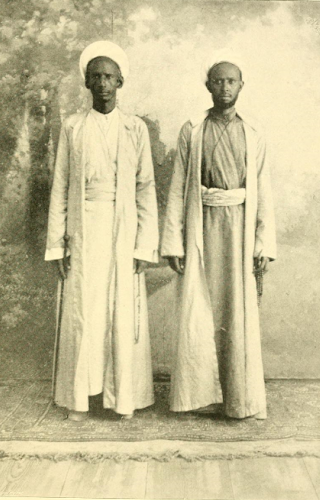
Ahmed Warsama, more commonly known as Haji Sudi was one of the leaders behind the Somali Dervish movement. He was also the movement's right-hand man and chief lieutenant till its demise in 1920. He is described as the Mullah's right hand in the earlier days of his rise. He hailed from the Adan Madoba sub-clan of the Habr Je'lo clan.
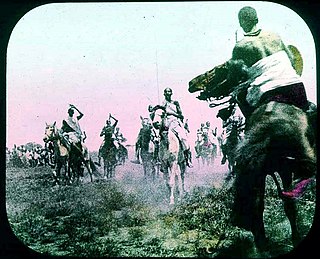
SultanNur Ahmed Aman, was a learned religious leader and the 5th Sultan of the Habr Yunis Sultanate and later also one of the leaders behind the Somali Dervish movement and revolt (1899–1920). He was the principal agitator rallying the followers of the Kob Fardod Tariqa behind his anti-French Roman Catholic Mission campaign that would become the cause of the Dervish uprising. He assisted in assembling men and arms and hosted the revolting tribesmen in his quarter at Burao in August 1899, declaring the Dervish rebellion. He fought and led the war throughout the years 1899–1904. He and his brother Geleh Ahmed were the main signatories of the Dervish peace treaty with the British, Ethiopians and Italian colonial powers on March 5, 1905, known as the Ilig Treaty or the Pestalozza agreement. Sultan Nur is entombed in a white-domed shrine in Taleh, the location of the largest Dervish forts and the capital of the Dervish from 1912 to 1920, a testimony to his contribution in creating the movement.
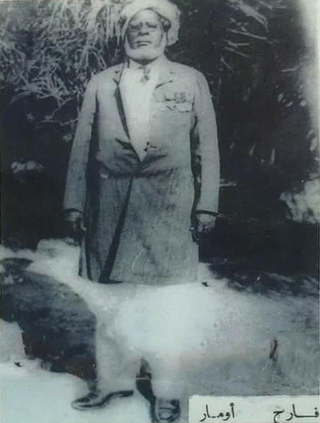
Haji Farah Omar was a famous politician and Somali nationalist in the former British Somaliland Protectorate. He was one of the first modern politicians to emerge in the Protectorate and later became one of the first initiators and pioneer leaders of the political struggle between Somali people and colonial forces. He is credited for the formation of the first Somali association, the Somali Islamic Association, created in 1925 for publicising Somalis' claim to independence.
The Habr Je'lo (Somali: Habar Jeclo, Arabic: هبر جعلو, Full Name: Mūsa ibn ash-Shaykh Isḥāq ibn Aḥmad, historically known as the Habr Toljaala is a major sub-tribe of the wider Isaaq family. Its members form the confederation along with the Ibran, Sanbuur and Tolje’lo. The Habr Je'lo are divided into three further sub-tribes: the Mohamed Abokor, Musa Abokor, and Omar. Historically, the Mohamed Abokor were chiefly nomadic pastoralists, whereas the Musa Abokor and Omar obtained much of their wealth via their frankincense plantations in the mountainous interior adjacent to the coastline.The Habr Je'lo played a prominent role in the livestock and frankincense trade during the pre-colonial period.

Abdillahi Deria was the fifth Grand Sultan of the Isaaq Sultanate and a notable Somali anti-colonial figure.

Abdulrahman Garad Deria was the Sultan of the Habr Awal Isaaq clan and second Habr Awal leader to adopt the Sultan title rather than Garaad. An influential figure that was heavily involved in advocating for the people of British Somaliland and their rights.

Michael Mariano (1914-1987) was a Somali politician and businessman best remembered for leading a delegation to UN Headquarters in New York City and advocating for the return of the Somali inhabited Haud reserved area to Somali administration from the Ethiopian Empire. A notable member of the Somali Youth League, Mariano was fluent in Somali, Arabic and English.
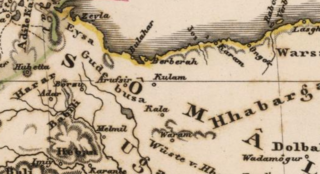
The Habr Yunis Sultanate was a Somali kingdom that ruled parts of the Horn of Africa during the 18th century. It spanned the territories of the Habr Yunis clan which is part of the wider Isaaq in modern day Somaliland and Ethiopia. The sultanate was governed by the Rer Ainanshe branch of the Habr Yunis clan.
The Reer Caynaashe also spelled Reer Caynaanshe are a royal Somali clan and the traditional rulers of the Habr Yunis. They divide into 17 major sub-clans that together form the Baha Ainanshe and Rer Sugulle, from the latter descend the rulers of the Habr Yunis Sultanate. They inhabit the Togdheer and Maroodi Jeex regions of Somaliland and the Daroor, Danot and Misraq Gashamo regions of Ethiopia
Haji Mohamed Bullaleh commonly known as Haji Warabe was an early 20th century Akil (chief) of the Habr Yunis Rer Ainanshe.
The Sa'ad Musa or Saad Musa is a northern Somali clan. Its members form a part of the Habr Awal clan of the Isaaq clan family. The Sa'ad Musa traditionally consists of nomadic pastoralists, coastal people, merchants and farmers. The clan inhabits Somaliland, including Maroodi Jeex, and Sahil as well as Djibouti, the Somali Region of Ethiopia and Kenya.

The 1945 Sheikh Bashir Rebellion was a rebellion waged by tribesmen of the Habr Je'lo clan in the cities of Burao and Erigavo in the former British Somaliland protectorate against British authorities in July 1945 led by Sheikh Bashir, a Somali religious leader.
References
- ↑ S. D. S. F. (2020). Hawd iyo halgan. Somalia: Hiil Press. Millman, B. (2019)
- ↑ Millman, B. (2019). British Somaliland: An Administrative History, 1920-1960.
- ↑ Lewis, I. M. “Modern Political Movements in Somaliland, I.” Africa: Journal of the International African Institute, vol. 28, no. 3, 1958, pp. 244–61. JSTOR, https://doi.org/10.2307/1157981. Accessed 20 June 2023.
- ↑ Østebo, T. (2020). Islam, Ethnicity, and Conflict in Ethiopia: The Bale Insurgency, 1963-1970. Jordan: Cambridge University Press. pp253
- ↑ Proceedings of the Second International Congress of Somali Studies. Vol. II: Archaeology and History.pp291